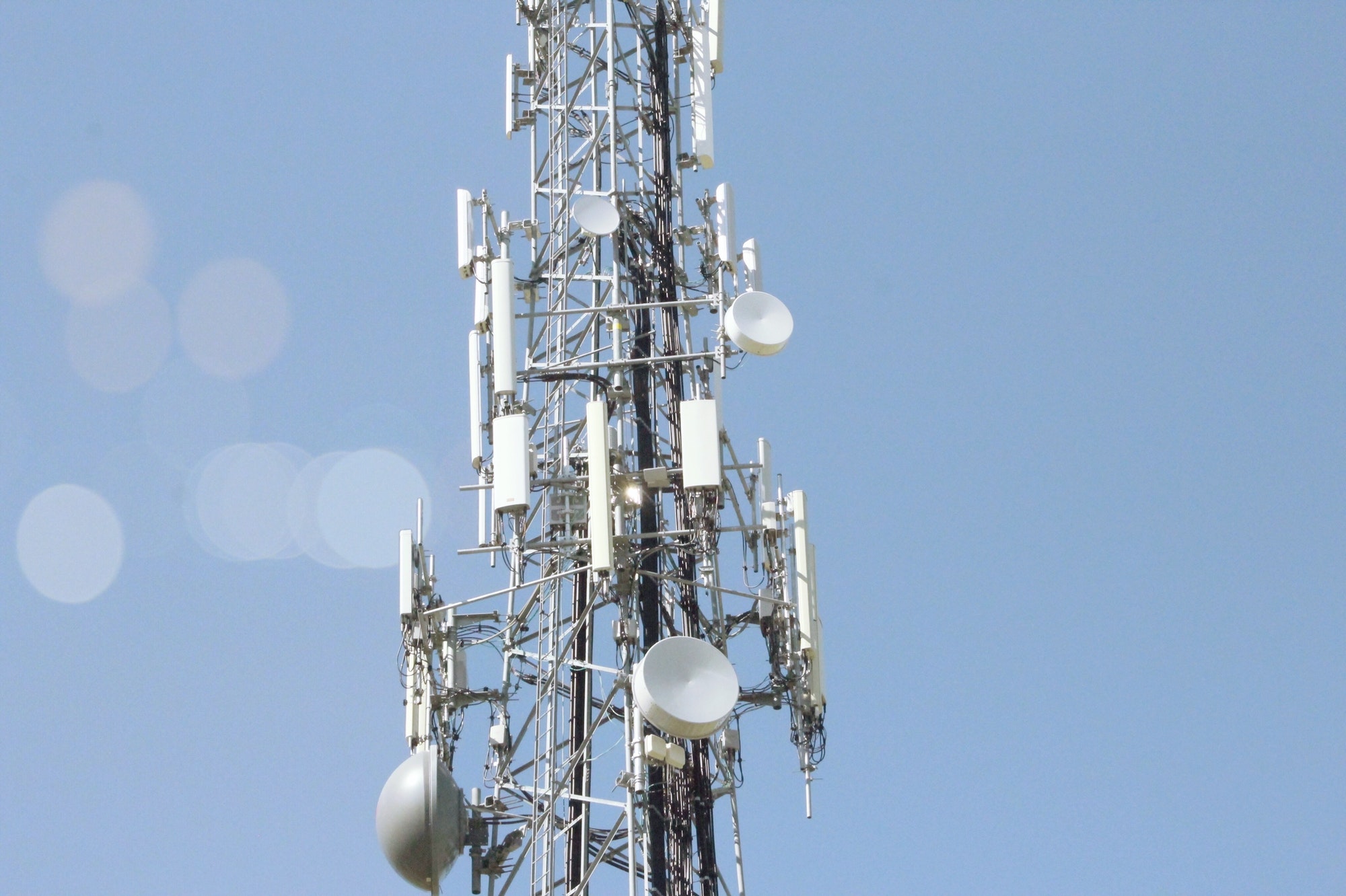The telecommunications and wireless infrastructure industry just had its 40th birthday. To celebrate the industry let’s take a look at the brief history of the wireless industry as it relates to cell tower owners and investors.
Timeline of Cell Tower Networks – Wireless Infrastructure
In March of 1983, Ameritech introduced the first commercially available 1G cell phones in the US.
These phones cost around $10,300 when adjusted for inflation in today’s dollars.
However, 1G had many issues, including poor sound quality, limited coverage, and no encryption, which meant that anyone with a radio scanner could listen in on calls.
AT&T engineered the first commercial cellular system in Chicago and Baltimore D.C. on behalf of Bell Co.
In 1984, The Bell Company lost an antitrust case and was split into seven Baby Bells: Ameritech, BellSouth, Pacific Telesis, Southwestern Bell, Bell Atlantic, NYNEX, and U.S. West. At the same time, a rural phone provider called Telephone and Data Systems created U.S. Cellular as a subsidiary, which over 35+ years evolved into the cell carriers we know today as AT&T, Verizon, and T-Mobile.
1G and the Age of Coverage. The Wild Wild West.
While Cell phones could only make voice calls, the race begins to cover the entire U.S. with cell site towers. During the age of 1G, cell phone companies competed to create their own network by building as many towers as possible in rapid succession. In some cases, companies overpaid their leases just to be the first to market.
1991, 2G and the Age of Data and Capacity begins.
When 2G and the age of data and capacity began in 1991 with the introduction of text messaging and SMS, carriers had to go back to their infrastructure to add ground space and build more towers – also adding fiber to the sites.
This increased the leased space area and, in turn, increased rents. The burden of higher infrastructure costs fell on the consumer, as phone numbers were held hostage and cell phone plans skyrocketed.
2003. Keep Your Number: “Cell Phone Number Portability Is the Law” spells the end for many of the smaller carriers.
When people began using cell phones, it didn’t take long for a number of annoyances and issues to arise.
While cell phones have been around for several decades, it was not until the mid-late 90’s that they truly became “mainstream”. During this time, a fierce competition between wireless providers mounted, and price wars ensued. This prompted many customers to switch wireless service providers.
The downside to this effect was cell phone numbers being dropped, created, and even reissued at an alarming rate; all of which was amplified by the exponential growth in mobile phone adoption.
In 2003, as a response to this, the Federal Communications Commission (FCC) passed a set of rules that allowed consumers to keep their cell phone number, even after they change service provider. The FCC called this “Wireless Local Number Portability”. This meant that if a consumer wanted to port (or keep) a number, they would contact the prospective new service provider, who would start the process of porting by submitting a request to the current provider. FCC rules required carriers to port a number upon valid receipt of this request.
Enter 3G. Mergers and Acquisitions consolidate the networks.
Portability law decimates the smaller carriers as competition drives the cell plans down as consumers look for better cell plans. The bigger entities swallow the smaller carriers and their tower leases creating huge nationwide networks.
Competitive pricing force the carriers to re-evaluate their costs. Thier focus turns to rewrite/renegotiate their cell sites leases to increase and remain profitable.
Cell site lease prepayment is born.
Today’s Cell Tower Networks
Today, carriers are still expanding their cell tower networks while at the same time, re-negotiating or re-locating their sites to lower rent locations.
Demand for better infrastructure and co-location
With the introduction of 5G, the need for more cell sites and infrastructure has increased as the technology requires more densely packed towers to provide adequate coverage and capacity.
Many tower companies and carriers are also exploring the use of solar power and other forms of renewable energy to reduce costs and decrease their carbon footprint. This shift towards sustainable energy sources is likely to continue as the industry becomes more environmentally conscious, making the location of the tower more important than ever.
Although this increased demand for tower space creates the possibility of higher lease rates for tower owners, it also adds more risk for site owners whose location is not “up to par”.
New Tower Construction
Instead of building their own towers structured for single-tenant purposes, Carriers, and Tower Investors are building new towers with increased load capacities allowing for co-location (multiple tenants/equipment on one tower).

Renogiatiatng or Moving
If you’re a tower owner of a single tenant, you run the risk of decommissioning or a rent cap over the course of your lease.
When carriers’ lease rates extend to the high end of the market or when other nearby locations come available, Carriers will look to cut costs by either asking for rent reductions or modeling a relocation plan and decommissioning the site.


